
Empower Your Business with AI. Results Start with Culture! The biggest barrier to AI success isn’t technology , it’s people.
Gleam Advisory bridges the gap between AI innovation and your team’s readiness.Our CultureBridge™ consulting ensures your company not only adopts AI tools but thrives with them—building trust, inclusion, and psychological safety every step of the way.
Let Us Assess, Plan, and Accelerate Your AI Adoption keeping people at the center.See the difference a culture-first approach makes for productivity, innovation, and employee engagement.
about me
Your Partner in Human-Centered AI Transformation.

After 14 years in IT and business consulting, I’ve learned: most projects fail because leaders focus on technology, not culture.AI is no exception.Gleam Advisory is perhaps the only consultancy in Kelowna and across Canada built for helping SMBs prepare, empower, and scale their teams for the AI revolution .Our proven CultureBridge™ methodology combines research-backed frameworks with practical, empathetic guidance so your people see AI as a teammate, not a threat.
Your first step? A CultureBridge™ Health Check using our checklist.
contact me
CultureScan™ Assessment

Quick, actionable diagnostics to spot cultural strengths and gaps, so you know exactly where to invest your efforts .No guesswork, no hype.
Bias Mapping (BiasMap™)

Identify and close demographic gaps in AI tool usage so every team member feels empowered and valued.
Psychological Safety Pulse (SafePulse™)

Measure and strengthen trust while ensuring employees feel safe to experiment, learn, and innovate with AI.
Shadow AI Governance (ShadowScan™)
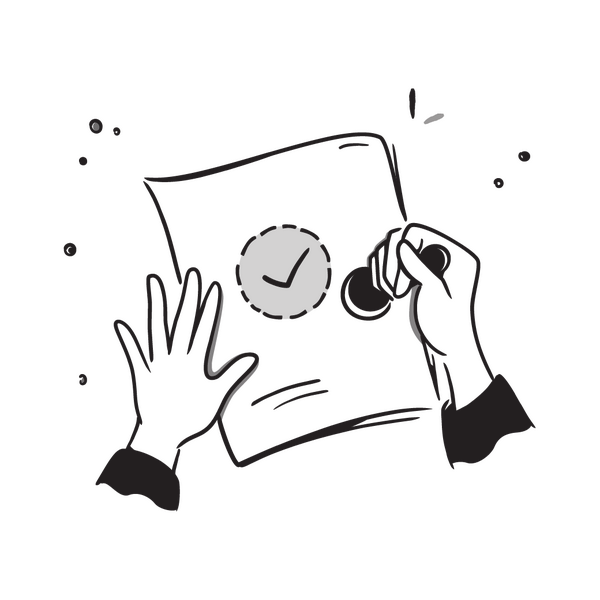
Safeguard your operations by detecting and integrating unauthorized AI into a secure, compliant framework.
Blog
A Culture Story from my Telecom experience
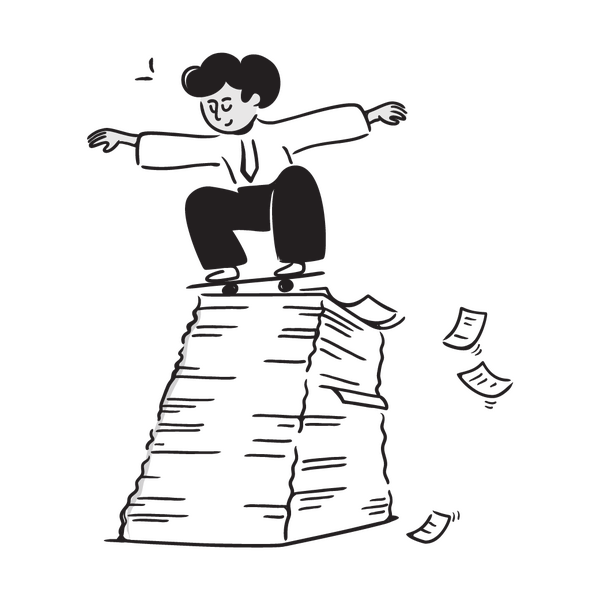
A few years back, I worked on a telecom project where we introduced a new tool and an updated workflow step to make network testing easier and more reliable. On paper, it was a no-brainer: reduce errors, save time, future-proof the process. But what happened next was a masterclass in how even the smartest technology fails when culture isn’t ready.The engineers were seasoned, skilled, and proud of their craft and yet skeptical. They’d spent years perfecting their methods, and the idea of changing their routine felt like an insult, not an upgrade.Then there was Jim (name changed), a respected reviewer just months from retirement. Jim’s job was to approve the new process and tool. Instead, he sat on the request. Not out of malice, not out of laziness, but because, after decades of doing things a certain way, he simply didn’t see the point in learning something new for a role he was about to leave.The rollout stalled. The tool sat unused. Valuable improvements were left on the table not because the technology was lacking, but because the culture wasn’t ready to welcome it.This story isn’t unique to telecom. In every industry, in every organization, people are the real gatekeepers of innovation. The best tools, the slickest workflows, the most advanced AI none of it matters if the team doesn’t feel included, respected, or psychologically safe to experiment.Change isn’t just about the “what” the new tool, the new step, the new policy. It’s about the “why” and the “how.”Why does this change matter not just to the company, but to the people doing the work? How are we supporting them through the transition? How are we honoring their expertise while inviting them into the future?As a CultureBridge™ consultant, I help companies uncover these hidden adoption barriers. We don’t just audit processes; we audit cultures. We look for the Jims—the people who might be blockers not because they’re resistant, but because they’re feeling overlooked, undervalued, or simply too close to the end of their journey to invest in a new beginning.The solution isn’t to mandate, shame, or bypass. It’s to build a culture where change is co-created, where experience is honored, and where everyone no matter their tenure feels like a participant, not a passenger, in the organization’s evolution.The next time you roll out a new tool, workflow, or AI system, remember: the real test isn’t technical. It’s cultural.
AI + Human Collaboration: The Only Sustainable Model
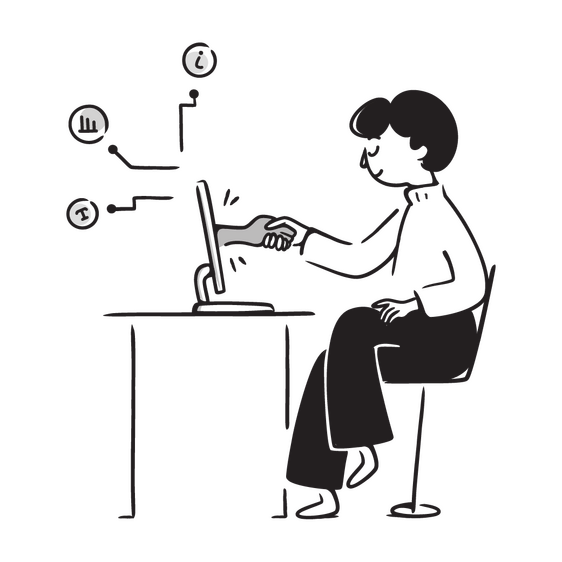
Every day, there’s a new headline predicting that AI will replace half the workforce. Each day there is a bigshot CEO questioning why we don't need people anymore. But after spending years in IT consulting helping companies adopt technology ,I’ve seen a different truth: AI cannot replace people.AI will not replace people. It will replace tasks.And the future belongs to organizations that understand this difference.Take the case of “vibe coding” or AI-driven automation. These tools are transformative. They can turn a vague idea into working code, automate tedious processes, and surface insights no human could spot alone. But they also make mistakes. They miss context. They lack judgment, ethics, and the ability to read a room (or a customer's relationship with you).Just ask the Replit CEO or the guys from Klarna.The most successful organizations don’t see AI as a replacement, but as a collaborator. They build workflows where AI handles the repetitive, the data-heavy, the rule-based and People handle the judgment calls, the empathy, the innovation, and the customer connect.This isn’t just about quality control. It’s about culture. It’s about creating an environment where people feel safe to experiment with AI, to challenge its outputs, and to bring their human intelligence to the partnership.AI adoption thrives in cultures of psychological safety and continuous learning. When people feel safe to question, to fail, and to grow, they become AI’s most valuable partners not its potential victims. When teams are trained not just in how to use AI, but in how to critique and improve it, the whole organization gets smarter, faster, and more resilient.The SMBs that will win in the AI era aren’t the ones with the most advanced technology. They’re the ones with the most advanced cultures.Cultures that see people and AI as collaborators, not competitors.AI is a tool. People are the craftsmen. And culture is the workshop where the magic happens.
If you want to future-proof your business, invest in both.
Because no matter how smart your AI gets, your people will always be your greatest asset.Bridge the gap. Build the culture.
The Hidden Cost of Trade-Offs: Why Cutting Corners on Culture Dooms AI Adoption

Years in IT consulting taught me an uncomfortable truth: Most companies are willing to sacrifice their most valuable asset , their people ,for marginal efficiency gains. A few delayed paychecks, a missing tool, a broken process left unfixed… these are seen as small prices to pay for a bigger bottom line.But when it comes to AI, the price gets much, much higher.According to Finextra.com, a survey of SMBs with under 500 employees, 20% of workers reported that they rarely or never use the AI solutions their organizations invested in and only 16% use them daily.Why is it so?Because the team doesn’t feel safe, supported, or included. They’re worried about looking incompetent. They’re afraid to speak up when something feels wrong. They feel left out of the process, just like they feel left out when their tools are broken or their pay is late.AI doesn’t fail on its own. It fails because the culture it lands in is already compromised by hundreds of daily trade-offs in psychological safety, respect, and inclusion.The cultural ledger always comes due. When people don’t feel valued, they don’t take risks. When they don’t feel heard, they don’t innovate. And when they don’t trust leadership, they don’t adopt.My job as a CultureBridge™ consultant: Help you close the gap between your AI investment and your team’s readiness. Because the only way to get real ROI on AI is to build a culture where people are empowered to use it not just allowed, but actively encouraged and supported.Want to know if your company’s culture is ready for AI? Let’s talk honestly no holds barred, no blame game.
Digital price tags-Technology for Business
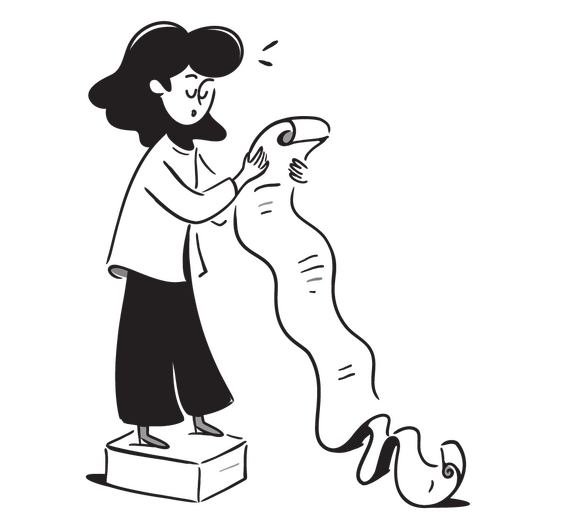
I used to be the guy who rolled my eyes at ‘shiny new tech.’ Years ago, I laughed at the idea of digital price tags at Canadian Tire. “Paper tags work just fine ,why spend the money?” I said.But then I saw the real impact: The employees who once spent hours changing paper tags could now focus on helping customers, solving problems, and even innovating new ways to serve.What I had dismissed as unnecessary turned out to be transformational not just for efficiency, but for the team’s sense of agency and purpose.That moment taught me a crucial lesson: Technology only delivers when it’s designed around the people using it.The fanciest looking tool is useless if the team is afraid to experiment, feels judged for making mistakes, or just doesn’t see how it fits into their day.Today, I help SMBs make the leap from ‘tech-skeptical’ to ‘culture-first.’It’s not about buying the latest tool.It’s about building a culture where employees are encouraged to try, trusted to fail, and supported to learn.That’s what CultureBridge™ is all about: Helping you close the gap between what technology can do and what your team is actually empowered and supported to do with it.If you’re staring at investments made in AI tools for your SMB and wondering why your team isn’t using it, let’s talk. You might be missing the human link.
Product & Service go in hand in hand
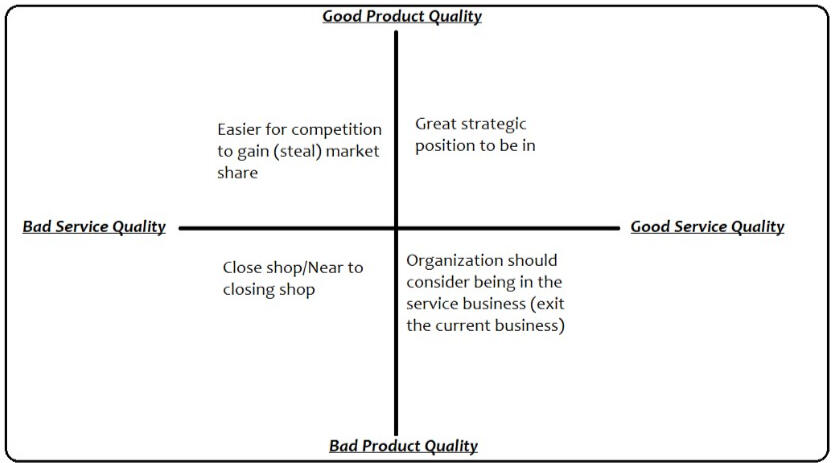
The other day I was in Canadian Tire to get something. Something caught my eye. All the price tags were digital. Now, the 'Consultant' in me went into conservative (and apparently old-fashioned) mode immediately and I said to my wife, this is so needless. A paper tag serves the same purpose at less than a tenth of the cost! She quickly pointed out, don't you think it would save a lot of time and effort to update these labels with the click of a button?
Digital price tags offer numerous benefits for retailers and consumers alike. Firstly, they eliminate the need for manual price updates, saving retailers time and resources. With a digital price tag system, prices can be changed instantly and remotely, ensuring accurate and up-to-date pricing information at all times. This not only improves operational efficiency but also reduces the risk of pricing errors and customer dissatisfaction. Additionally, digital price tags enable retailers to quickly implement dynamic pricing strategies, allowing them to respond to market conditions and competitor pricing in real-time. (no wonder how Canadian Tire accurately shows the Aisle number of each and every product on their website )
Digital price tags are just one of the examples where technology can help businesses. Every business has a unique need and an equally unique solution is needed. This is where I can help. And remember,I am just a phone call away!
SERVICES
Leadership Alignment (LeadSync™)
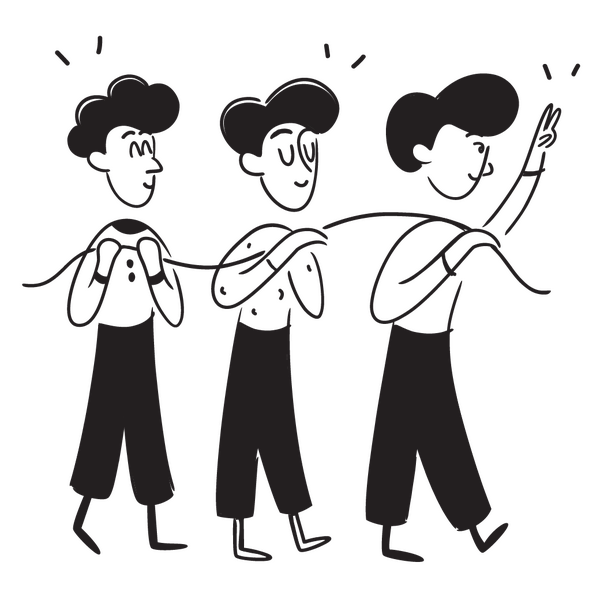
Equip your executives and managers to champion AI, model curiosity, and foster a learning culture.
ROI & Impact Tracking (ImpactBridge™)

Quantify the real business value of your AI investments including productivity, employee retention, innovation, and customer satisfaction.